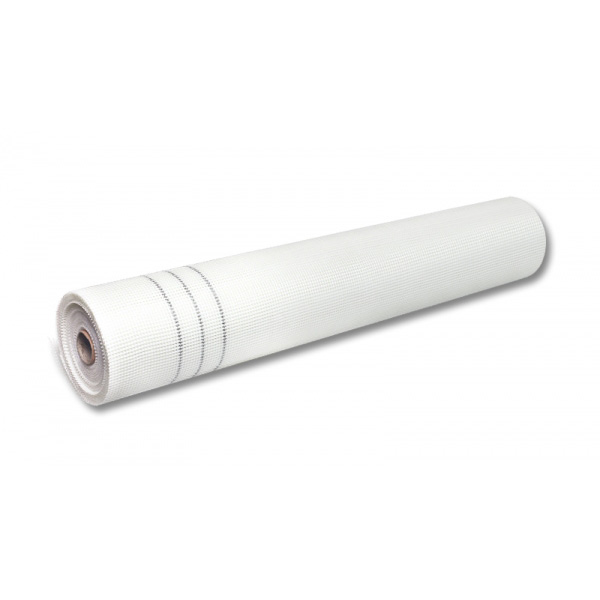Fiberglass mesh is a versatile material used in various construction and industrial applications. It consists of woven or non-woven glass fiber strands coated with a protective resin. Its properties, including strength, flexibility, and resistance to environmental factors, make it suitable for a range of purposes. Here are common uses of fiberglass mesh:
1. Wall Reinforcement:
Fiberglass mesh is frequently used to reinforce drywall, plaster, and stucco. When embedded in these materials, it helps prevent cracking and improves the overall durability of interior and exterior walls.
2. Tile Backing and Flooring:
In tile installation, fiberglass mesh is applied to cement backer boards or used as an underlayment for flooring to provide added strength and stability. It helps reduce the risk of tile cracking and shifting.
3. Roofing and Waterproofing:
Fiberglass mesh is utilized in roofing and waterproofing applications. It can be embedded in roofing membranes, coatings, and sealants to enhance their resistance to weather, moisture, and UV exposure.
4. Concrete and Mortar Reinforcement:
In concrete and mortar applications, fiberglass mesh is added to the mix to enhance tensile strength and reduce cracking. It is commonly used in the construction of countertops, sinks, and architectural elements.
5. EIFS (Exterior Insulation and Finish Systems):
Fiberglass mesh is a critical component of EIFS, a popular cladding system for buildings. It provides reinforcement for the insulation layer and helps maintain the integrity of the system.
6. Reinforced Plastics and Composites:
Fiberglass mesh is incorporated into composite materials and reinforced plastics to improve their mechanical properties, such as strength and stiffness. This makes it useful in the manufacturing of boats, automotive components, and sporting goods.
7. Reinforced Concrete Slabs:
In concrete slab construction, fiberglass mesh can be placed between layers of concrete to enhance the slab’s load-bearing capacity and reduce the risk of cracking.
8. Repair and Restoration:
Fiberglass mesh is used in the repair and restoration of damaged or deteriorating structures. It can reinforce weakened areas and extend the lifespan of various construction elements.
9. Insulation:
Fiberglass mesh can be combined with insulation materials to create strong and resilient insulation products for walls, ceilings, and roofs.
10. Fireproofing:
In fireproofing applications, fiberglass mesh can be incorporated into fire-resistant coatings and materials to improve their durability and effectiveness in protecting structures from fire.
11. Pest Control:
In agricultural settings, fiberglass mesh can be used as a pest control barrier on windows and vents. It allows for ventilation while preventing insects and pests from entering.
12. Reinforced Gypsum Board:
In addition to drywall, fiberglass mesh is also used to reinforce gypsum board, providing added strength and impact resistance.
13. Geotextiles:
Non-woven fiberglass mesh can be used as a geotextile material for erosion control, slope stabilization, and drainage applications in civil engineering and landscaping.
Fiberglass mesh’s versatility and strength make it a valuable material in construction, manufacturing, and other industries. Its ability to reinforce various materials and surfaces contributes to the longevity and structural integrity of many different types of projects.


